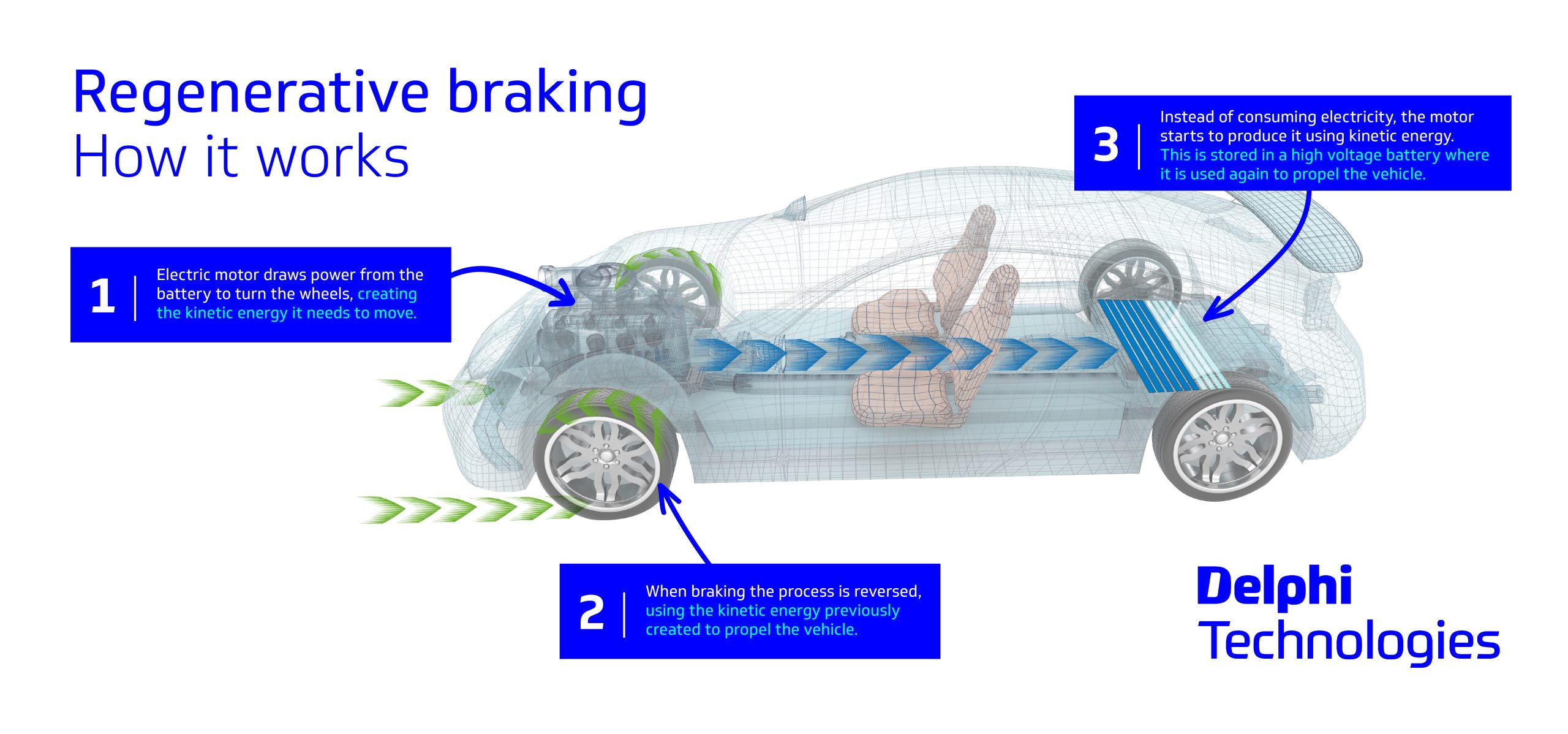Top ten innovations influencing the switch to electric vehicles

Here are 10 technological advancements that will have a major impact on the adoption of electric vehicles in the next years as cars continue to advance.
We must acknowledge the transition to electric cars (EVs) as more than just a sustainability measure; it is also a victory for the auto industry if we are to fully appreciate how far automotive has gone. This switch from fossil fuel-powered to electric vehicles is mostly due to technology, which makes the transfer between models easier.
Here are 10 technologies that have and continue to promote the decarbonization of mobility as the industry continues to adapt to the electric mode of transportation.
-
Composite materials
Composite materials can be used to make a vehicle lighter and more sustainable, as demonstrated by AEHRA, one of the most innovative companies and vehicles in the EV market. For its SUV model, the business is maximizing the use of an endlessly recyclable material by using sheet-moulded carbon.

-
The advanced driving assistance system
Advanced driver assistance technologies are now in use, opening up new options and paving the road for more advanced autonomous capabilities. These options, which range in complexity, not only give EV drivers greater comfort and convenience while driving, but also increase vehicle safety by allowing the vehicle to pay attention to the road at all times.

These technologies are already being developed to enable self-driving automobiles, which may someday replace more traditional modes of transportation.
-
V2G (Vehicle to Grid)
The grid’s interconnectedness with cars is what makes EVs crucial for a sustainable future. Solutions like vehicle-to-grid (V2G) or a home network that enables homeowners to go off the grid are crucial in enabling drivers to get the most out of their charge while also optimizing the grid network for a much larger number of vehicles.
-
Infrastructure for public charging
EV charging infrastructure is the backbone of the industry and is one of the crucial technologies that is presently undergoing mass installation in some countries with plans to establish charging networks. It enables drivers to go great distances without sacrificing comfort.

-
Systems for digital entertainment
As the absence of an engine opens up new selling factors for automobile manufacturers, connectivity is one of the fundamental differences between battery-powered automobiles and other vehicles. The majority of today’s vehicles are designed for the tech-savvy driver while also supporting other everyday items like cellphones, tablets, and online services.
-
Electronic power
The electronics created for such applications have been developed through years of invention to enable the battery to power the vehicle, much like the central nervous system of an all-electric vehicle. Unlike an ICE, which operates through mechanical parts, an EV is powered by switches, which transmit instant messages between parts to enable quick responses.
-
System for managing batteries
Cars would not be able to travel the distances they do now without thermal management. The efficiency of batteries can be significantly impacted by temperature, as can be shown in ChargePoint’s observations regarding driving an electric car in the winter.
More crucially, adapting to different climates throughout the world is necessary to achieve such efficiencies, which is how businesses are able to share their electrified vehicle offers globally.
-
Electric motor
Without the electric motor, electric vehicles (EVs) would not be possible. The electric motor, which has several benefits over the conventional internal combustion engine (ICE), is at the core of every car of the future. Benefits include no emissions, quieter operation, and lower maintenance expenses.
From a vehicle performance perspective, the electric motor gives drivers near instant acceleration and higher levels of torque, making them more responsive than their fuel-powered counterparts.
-
Regenerative braking
Still enables the coin of a new phrase ‘single-pedal driving’, but this is far from why it is so important. Not only is this an attribute of the modern electric vehicle, but it also highlights a few factors that make them useful as daily drivers. Firstly, electric cars are easier to drive because of it—once you get used to it.

Secondly, regenerative braking allows the driver to save that little bit of energy while driving, which is something that could be leveraged by carmakers in the future to build even more efficient passenger cars.
-
Solid-state batteries
We could have easily put lithium-ion batteries here as they have carried the industry forward to the present day, but the real excitement is around the cost and performance benefits of solid-state batteries.
Source: Public research
Bạn cần đăng nhập để tương tác với nội dung này: Đăng nhập.


